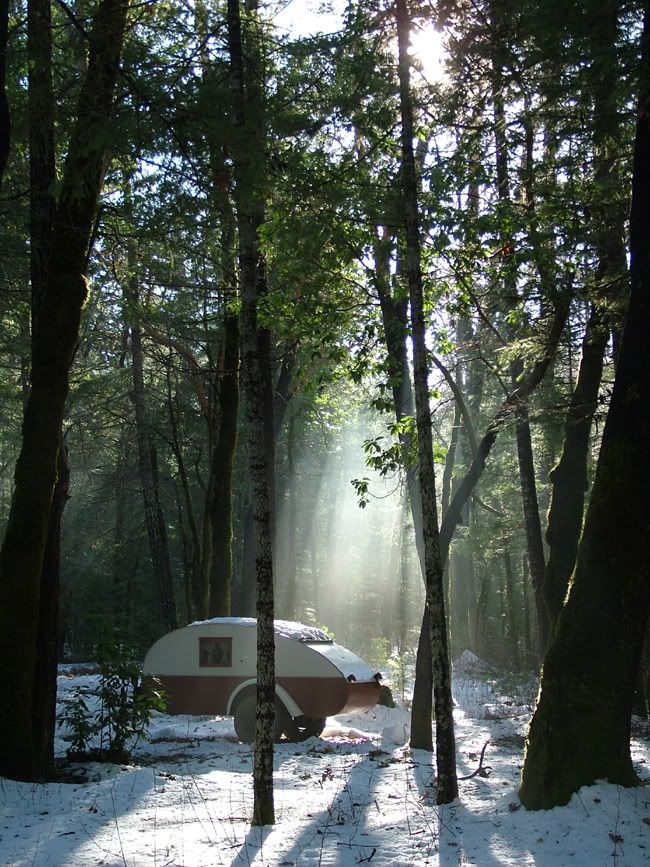halfdome, Danny wrote:kennyrayandersen wrote:I mostly use drywall screws when I screw everything together.
Drywall screws are not for building things as they are weak and can snap while screwing them in. It would be better to use a screw like Home Depot sells under the Western States brand. They are black square drive multipurpose screws with a coarse thread. They go in fast and really pull things together. As far as using staples with glue it's the glue that holds the joint together. I staple and glue two layers of Baltic Birch for my roof that becomes a very strong formed roof. Danny
Danny
The reason they make a torque setting on the drill is so that you can set it not to rip the head off the screw or spin the fastener in the hole. There are better screws and better screw systems out there -- no argument from me on that; but, the drywall screws are fine when assembling stuff together as the strength comes from the adhesive, as I and you both noted, and not due to the screws. If a person has a pile of them laying around there is no reason not to use them. I've build dozens and dozens of loudspeaker boxes, tooling, forms etc using them. To keep the head from busting a #6 (or #8 also works) countersunk bit is used first, then the screw. I manufactured speakers for a while and got quite good at using them. I'll probably switch to the square-drive type when I run out, because they are a bit better, but I have a 25 Lb box that I might be using for a while.
The big thing is that I think most people underestimate the power of glue, but it works especially good in wood as the wood is porous and so you get penetration on both sides of the bond as they suck up the glue. The resulting joint is stronger than the wood itself.
It's personal preference, because either dowels or biscuits will work, but I prefer biscuits to dowels as they are much easier to line up. You can make all the biscuits before hand with out having to do a drill on assembly-type procedure. If you are letting something show from the outside, as with the trim on a woody, then the Miller dowels look good, but that procedure is IMO more time consuming and the biscuits will be strong enough for internal-type joints.





 My take on it---if you glue you are bonding the veneers of each layer to the other. If the veneer fails
My take on it---if you glue you are bonding the veneers of each layer to the other. If the veneer fails 
 I used the daylights out of screws.
I used the daylights out of screws.  And even put some brads in the trim.
And even put some brads in the trim. 





